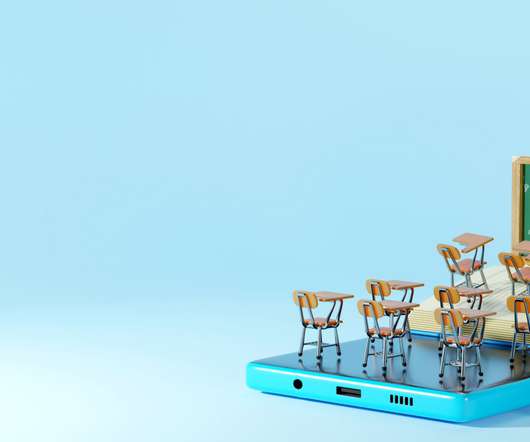These 8 schools have A+ mobile device programs—here’s why
eSchool News
MARCH 29, 2017
Technology continues to raise the bar of what is possible in education. As more schools discover the power and benefits of education technology, mobile devices such as Chromebooks, Macs and iPads in the classroom are becoming commonplace. Next page: 4 more schools with A+ mobile devices and programs).

























Let's personalize your content